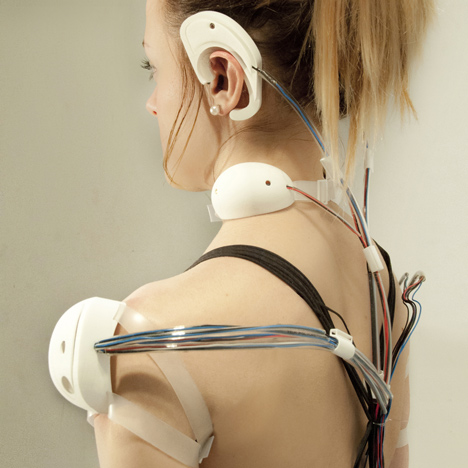Do you have any bad health habits you’d like to get rid of? Smoking? Overeating? Slouching? Too much wasted time surfing the internet?
A wearable sensor may be in your future to help you modify your behavior.
The majority of wearable sensors in the market right now are designed to help people to develop good, healthy habits. They track loads of items having to do with fitness – calories, heart rate, steps achieved – and the list goes on. They work by reminding you to do good things for yourself such as exercise, eat properly and get enough sleep.
Do you have any bad health habits you’d like to get rid of? Smoking? Overeating? Slouching? Too much wasted time surfing the internet?
A wearable sensor may be in your future to help you modify your behavior.
The majority of wearable sensors in the market right now are designed to help people to develop good, healthy habits. They track loads of items having to do with fitness – calories, heart rate, steps achieved – and the list goes on. They work by reminding you to do good things for yourself such as exercise, eat properly and get enough sleep.
But what about a sensor that rebukes you when you’ve indulged? A trend toward “Punitive Technology” includes some experimental devices that buzz, shock or otherwise punish the wearer when an unwanted behavior occurs. Probably the most extreme example I’ve seen of this is Ling Tan’s Reality Mediators for Bad Habits and Laziness, which delivers electric shocks and looks like some kind of medieval torture device:

Less scary and more artistic are the fingernail art sensors developed by students at Art Center College in Pasadena. Their prototypes are designed to be glued to the nails in a pop up salon and programmed individually to buzz the user at appropriate times (when a cigarette is picked up, etc.). The technology appears to still be in concept stage, but it has the promising element of customization and a buzz seems a lot more user-friendly than an electric shock.
I spoke with Rob Morris of the MIT Media Laboratory’s Affective Computing Group, who had recently built himself a self-shocker to deter him from using Facebook too often. He told me, “This was meant to be a provocative design piece, to be funny and touch a nerve with people. But we learned a great deal. Like other ‘aversion therapy’ sensors I’ve tried, the first thing that needs to be conquered is the tendency to get false positives. If that happens, it’s pretty annoying, and it’s game-over pretty quickly.”
I guess the lesson here is that bad habits die hard, and wearables that try to address them can die pretty quickly if designers aren’t savvy.